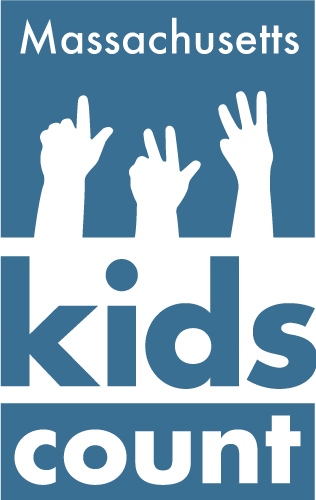Our state budget is the most concrete expression of our collective goals and values because it embodies which priorities we are willing to invest in as a community. A long history of policy choices has brought about deep inequities that harm Black and Brown communities in Massachusetts today. The public investments in our budget are critical tools to achieve greater racial and economic justice.
MassBudget is on a journey to build an understanding of what it would take for the state budget to advance racial equity. After examining the House and Senate Fiscal Year 2024 budget proposals, our budget analysts highlighted six differences between the two that have implications for racial equity. These differences will get worked out in a conference committee to decide on a final budget proposal that will be sent to the Governor’s desk for her approval.
At MassBudget, we believe that every line item in the state budget is an opportunity to advance racial equity. Other programs in the proposed budgets, such as free community college for specific populations and C3 grants for early education providers, are also opportunities to close racial gaps that we would be excited to see come to fruition. These are six areas we chose to highlight among the countless possibilities that exist to leverage the power of public investment.
| Line Item No. | Line Item Description | House Budget | Senate Budget |
|---|---|---|---|
| 3000-1041* | Reimbursement Rate Increase (Center-Based and Family Childcare) | $20,000,000 | $20,000,000 |
| 3000-1042 | Reimbursement Rate Increase (Center-Based only) | $70,000,000 | $0 |
| 3000-3060 | Supportive Childcare (DCF and DTA-consumers) | $328,195,070 | $355,783,167 |
| 3000-4060 | Income Eligible Childcare | $385,580,298 | $417,922,201 |
| 1596-2411 | Income Eligible Waitlist | $25,000,000 | $25,000,000 |
* Senate proposal includes increase to DCF consumer daily add-on rate





